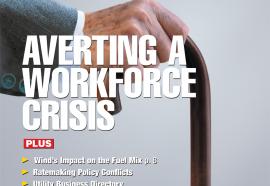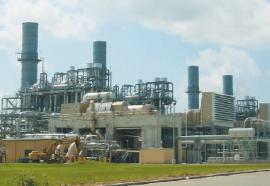The Trouble with Risk Measures
Companies should adopt a far more robust metric.
Market risk remains one of the most significant issues for gas and power merchants. The SEC requires disclosure of market risks in a company’s annual filings. However, the allowable metrics fail to communicate the type of information an investor actually can use to gain an understanding of the market risk embedded in a company’s business.










